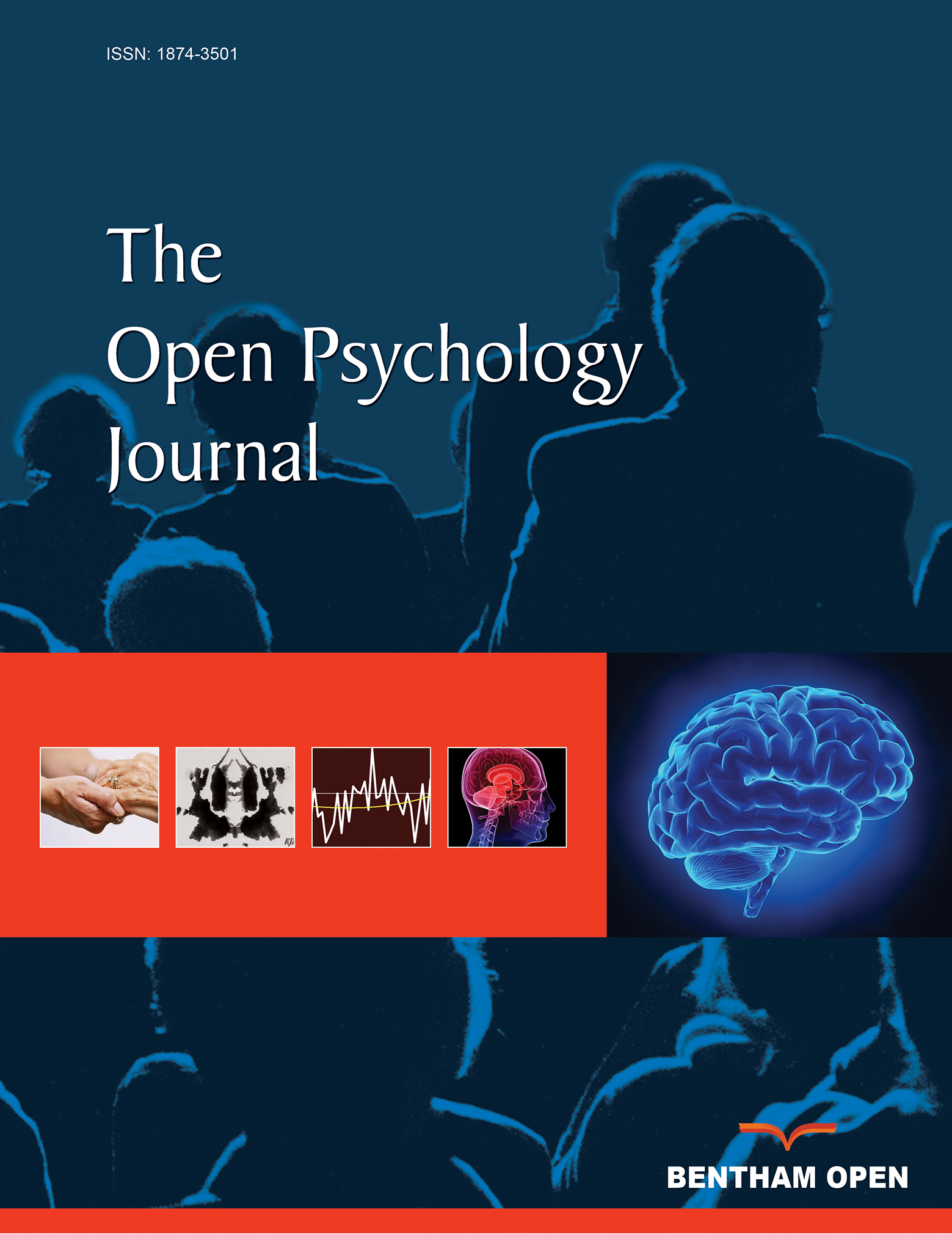All published articles of this journal are available on ScienceDirect.
Feeling of Shame and Guilt in Recovering Addicts: A Qualitative Study
Abstract
Background:
The aim of this study was to determine the feelings of shame and guilt in recovering addicts.
Methods:
This qualitative study was conducted on 15 men recovering from substance use who referred to the Narcotics Anonymous Association centers. The participants were selected using the purposive sampling method. Data were collected using semi-structured interviews and analyzed by Colaizzi's seven-step method.
Results:
The results revealed that the experience of shame from the participants' perspective takes the form of two main themes, the description of shame (which itself includes five sub-themes: physical, mental, emotional, substantial, and metaphorical manifestations of shame) and the factors triggering the experience of shame (which itself includes six sub-themes: personal appearance, cognitive, behavioral, family, social, and peer factors). The results also showed that the experience of guilt is formulated in terms of two main themes, the description of guilt (which itself includes five sub-themes: physical, mental, emotional, substantial, and metaphorical manifestations of guilt) and the factors triggering the experience of guilt (which itself includes three sub-themes: cognitive, behavioral, and social factors).
Conclusion:
The description of the experience of shame and guilt and their triggering factors shows similarities in some aspects and differences in some aspects. The results of the study can be used in substance use studies and in educational, therapeutic, and rehabilitation settings.


